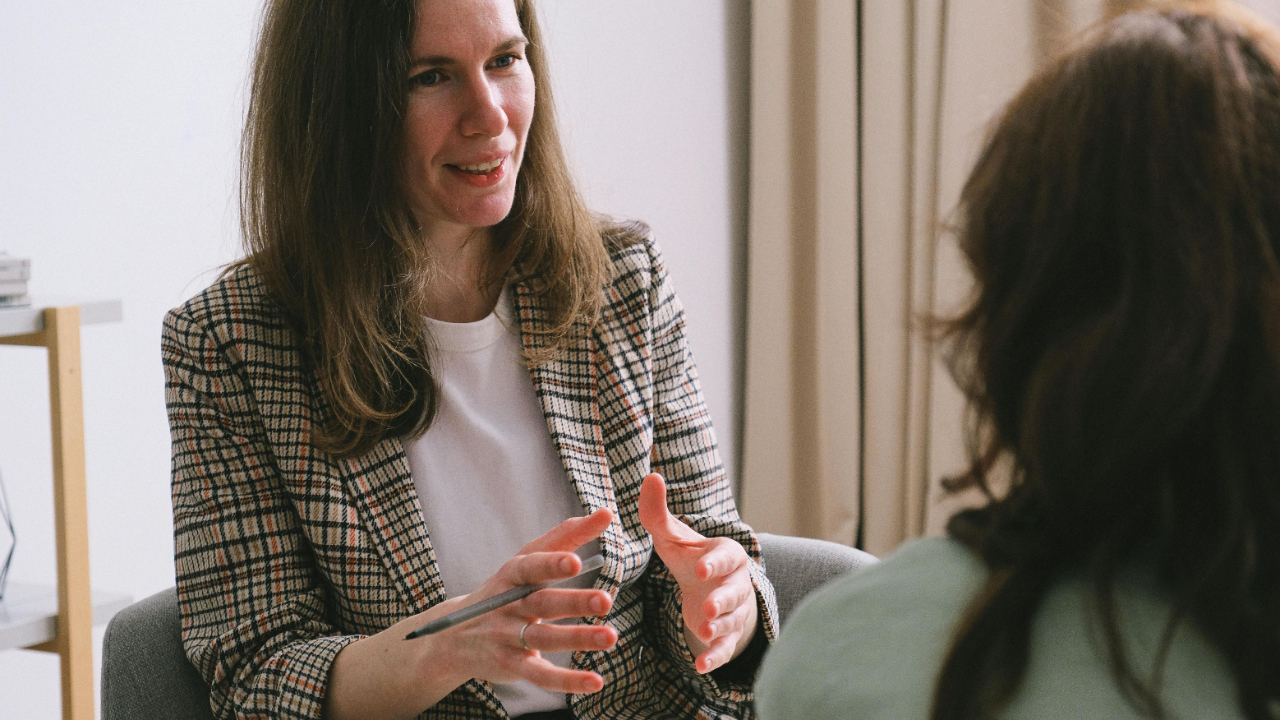What's Your Listening Ratio?

By John Millen
“Alice” was a self-professed “numbers person,” which made sense – since she was the CFO of a large national corporation.
The CEO, her long-time mentor, groomed her as his successor when he retired.
But there was a hitch. The other leading candidate, a business unit president who had come up on the sales side, was charming the board. He was glib, told stories and was known for inspiring people.
That was my entry point. The CEO and Alice had asked me to work with her on communications skills and executive presence. I won’t leave you hanging on the conclusion. We worked together for about six months and about a year after that she got the top job.
It was a complicated process that included storytelling, message development and hard, courageous work on Alice’s part. We also worked on How to Make Numbers Seem Sexy.
Introvert vs. Extrovert
I mention this story for a couple of reasons.
First, Alice is a clear introvert, who had struggled to compete in a world that rewards extroversion. Like Steve Martin, who I wrote about in What Steve Martin Taught Me About Introverts, she had to come to terms with playing a public role that was different from her interior life.
Second, Alice had to be proactive about using her energy to speak up and engage people in the many venues her new job would require.
A Different Approach
My point is that I wanted to offer you a simple approach I developed in my work with Alice: a talking vs. listening ratio.
When we first met I was explaining that she should speak more than she listens. I had trouble explaining that in a way that was satisfying to her, so in one meeting I developed this ratio approach I use regularly today.
We worked out a talking vs. listening ratio. That is, introverts will carefully listen, absorb and consider information before speaking. They might have a 20/80 ratio, spending 20 percent of the time talking and 80 percent listening.
Of course, the opposite might be true of extroverts, who would spend 80 percent talking and 20 percent listening. You know extroverts, those people who think out loud and will keep talking until they figure it out.
What Gets Measured
I have since used this approach with countless leaders, especially in analytic roles or industries, since we know that “what gets measured gets done.” It’s too ambiguous for a person to be told to “talk more than you listen.”
Instead, we will focus on a goal of how much time you spend talking versus listening. It’s not just talking to talk, but preparing your thoughts and talking points ahead of time and being ready to express yourself in a clear, passionate way.
Alice went from talking to listening 15/85 to about 45/55, which was a stretch personally, but was appropriate for her corporate positioning.
When I’m coaching an extrovert, perhaps a sales leaders, the advice might be the opposite: you need to listen more than you talk. And this is not just listening to listen.
Listen with openness: stop directing people and providing solutions. Instead, ask questions and let them find their own answers. Affirm them.
What’s Your Ratio?
I’d ask you to consider your talking/listening ratio.
· Are you an extrovert, sucking the air from the room, so dominating that ideas and initiative are quashed?
· Are you an introvert, failing to contribute your ideas and insights to a robust discussion controlled by extroverts?
· Do you flex your ratio in different environments? For instance, do you talk more at home than at work?
Crowd-Source Your Ratio
The easy way to find out your ratio is to crowd-source: ask the people that matter to give you an honest estimate of your talking/listening ratio.
You might be surprised what you learn.
Then test flexing your approach with different people and environments and check the results.








